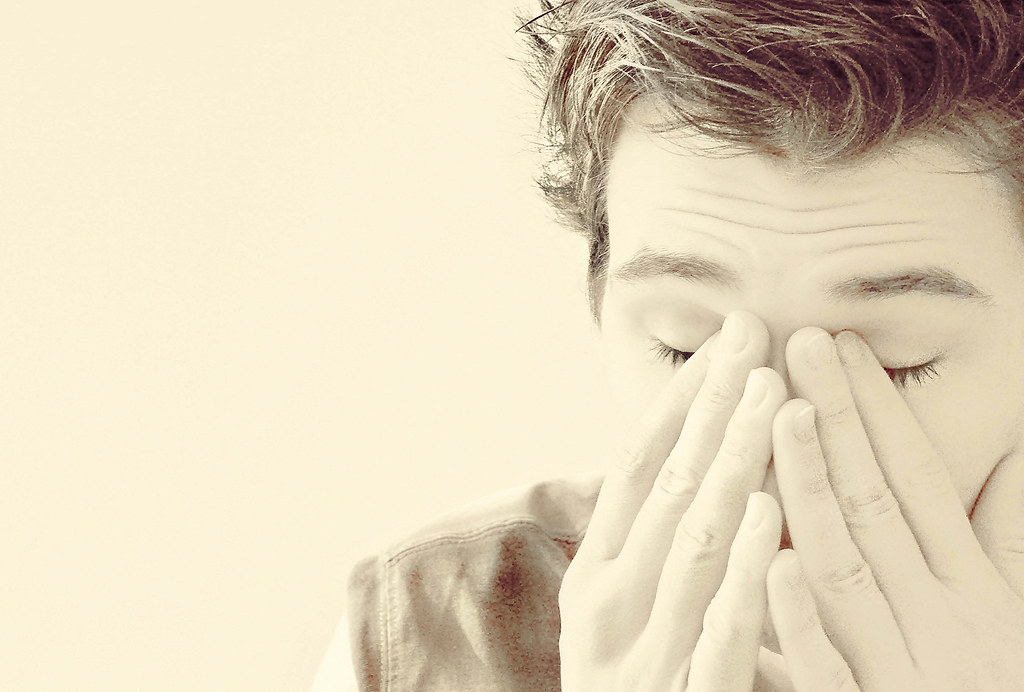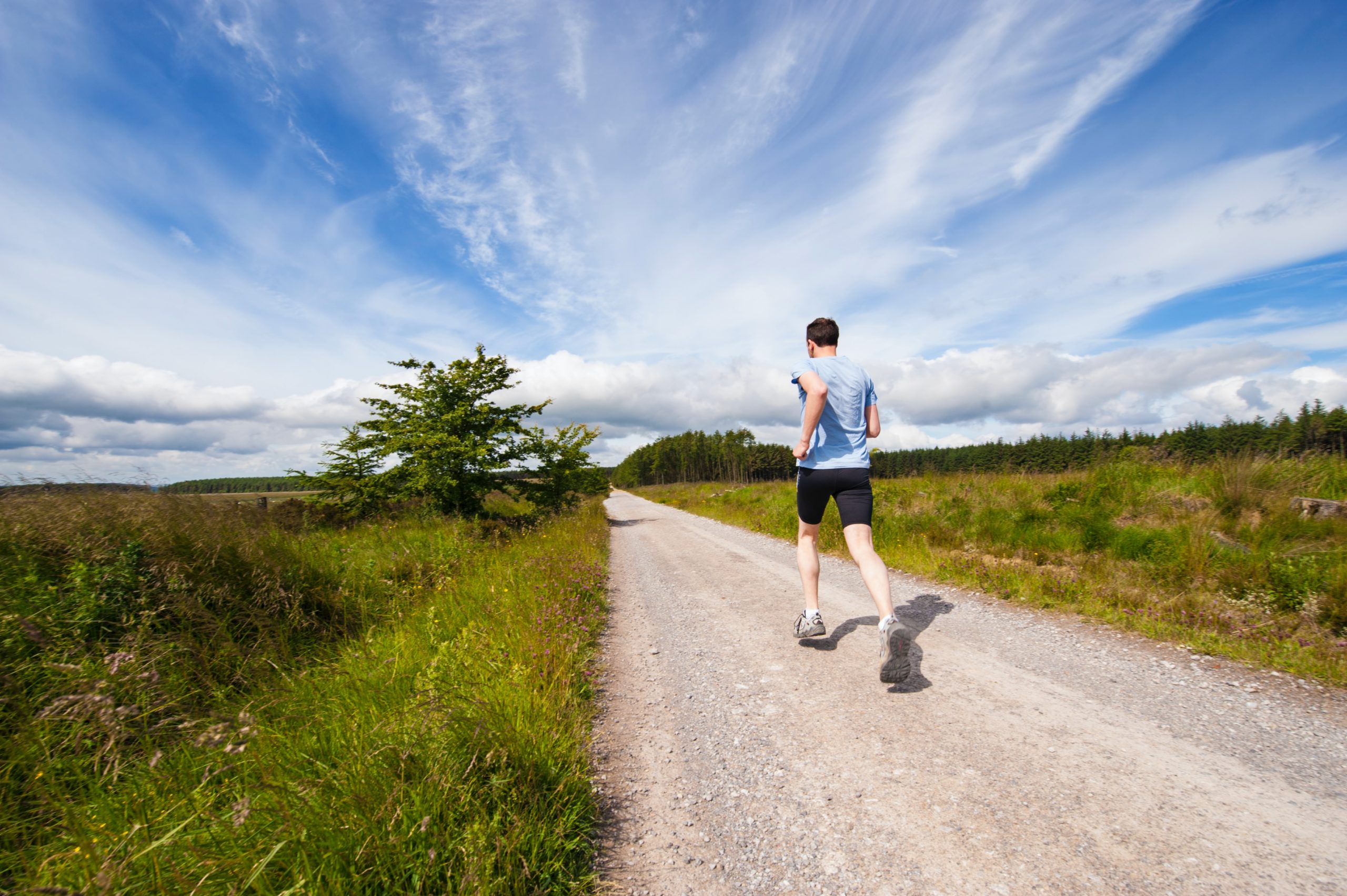In today’s fast-paced world, it can be challenging to find time to unwind and relax. Many people struggle with stress and anxiety, which can negatively impact their mental and physical health. If you find yourself constantly feeling tense and unable to relax, you’re not alone. However, learning how to relax is essential for maintaining good health and well-being. In this article, we’ll share some tips and techniques for relaxing effectively so that you can reduce your stress levels and feel more peaceful and content.
Perhaps, we will give an example of the wrong attitude to rest. Recently, working people are thinking about their productivity, efficiency and other creative things. Often, such a pursuit of a goal distorts their attitude to rest – it seems to them that time spent without work is a manifestation of laziness and weakness. But it’s not.
Not wanting to part with the thoughts that they need to constantly work, burnout comes to such people, accompanied by unpleasant consequences for mental and physical health. Even realizing all the perniciousness of this approach, it is not so easy to move away from the installation of working for wear and tear, but it is quite real.
HOW TO LEARN TO RELAX
First of all, you need to set yourself a clear task, as it happens during the work process. Let it sound something like this: “master the skills of relaxation.” A serious approach in this matter certainly does not hurt.
Real rest is a complex process and affects both your physical and emotional state. We have divided it into six main aspects, each of which requires a separate study.
Environment
If you want to truly relax, the environment must help. Take a closer look at the light – make it muffled, turn off all possible gadgets from which sound is heard at this moment (or may suddenly be heard). True, it will not be superfluous to turn on calm instrumental music that promotes relaxation. Plus, you’ll need a comfortable chair or sofa – if those attributes aren’t available, a bed or even a floor will do. Here we start.
Body position
The position of the body should be comfortable, and not crooked and skewed in one direction or another. If you are sitting on a chair, you do not need to cross your legs or arms – place the former shoulder-width apart, and fit the latter on the armrests. Eyes can be closed or fixed at one point. When the position is occupied, begin to mentally scan your body from head to toe, stopping at each area – from the cheeks and chin to the buttocks and knees. Try to feel for muscle tension and mentally relieve it, saying to yourself: “My hands are relaxing, my jaw is relaxing,” and so on for each item.
Breath
Now let’s move on to breathing – it should be measured and deep, but without strain. Inhale calmly through your nose and exhale through your mouth. You should feel your belly fill with each breath, then your chest and shoulders rise. Exhalation is accompanied by the lowering of the shoulders and the relaxation of the chest. Also try to breathe out the discomfort in one or another area of the body, or just the accumulated stress along with the exhalation. Concentrate on your breath for about five minutes.
Thoughts
Now let’s move on to your emotions, feelings and thoughts. They should correspond to the concept of relaxation, so try to forget about worries and affairs for a while. To do this, you can either say to yourself: “I have nowhere to hurry now, I am at rest, I have every right to do nothing,” or simply count to yourself from one to a thousand – this is also a completely serene process.
Of course, disturbing thoughts like: “I need to run, this is not helping” may begin to arise in your mind. In this case, one useful thing works well – visualize a board on which you can write with chalk, put these phrases on it in your imagination and wipe them off with a wet rag. At first, it may not be very easy to drive away these thoughts, but later it will become much easier.
Images
The whiteboard example is just the beginning of a visualization process that is very helpful in coping with stress and relaxing. After you get your thoughts in order, try to imagine the spaces and activities that will lead you to appeasement. For example, you are driving a convertible along a high-speed highway all alone, climbing mountains, passing tall trees, lying on a beach surrounded by palm trees, and so on. The look that suits you can be very good at reducing stress in moments of particular tension.
Affirmations
Perhaps you have already come across the concept of “affirmations”, but have not put them into practice. Affirmations are some positive attitudes that charge you for success and achieving your goals. The simplest affirmation after the session we have described will sound something like this: “I just had a good rest, energized and ready to move mountains on the way to my cherished goal.” If you are specifically concerned about something, the affirmation may sound different, it may contain a specific goal or task – it all depends on what you are currently working on. Thanks to such affirmations, we are charged with faith in ourselves and can get rid of fears and doubts that other people or just a competitive environment could impose on us.
It is worth saying that the relaxation session described by us can be carried out in just 15 minutes, but this may be enough for the whole day. And if you take such practices into a habit, life can change beyond recognition (of course, for the better).
There are many ways to relax, but true relaxation is a meditative path that can and should be learned.






